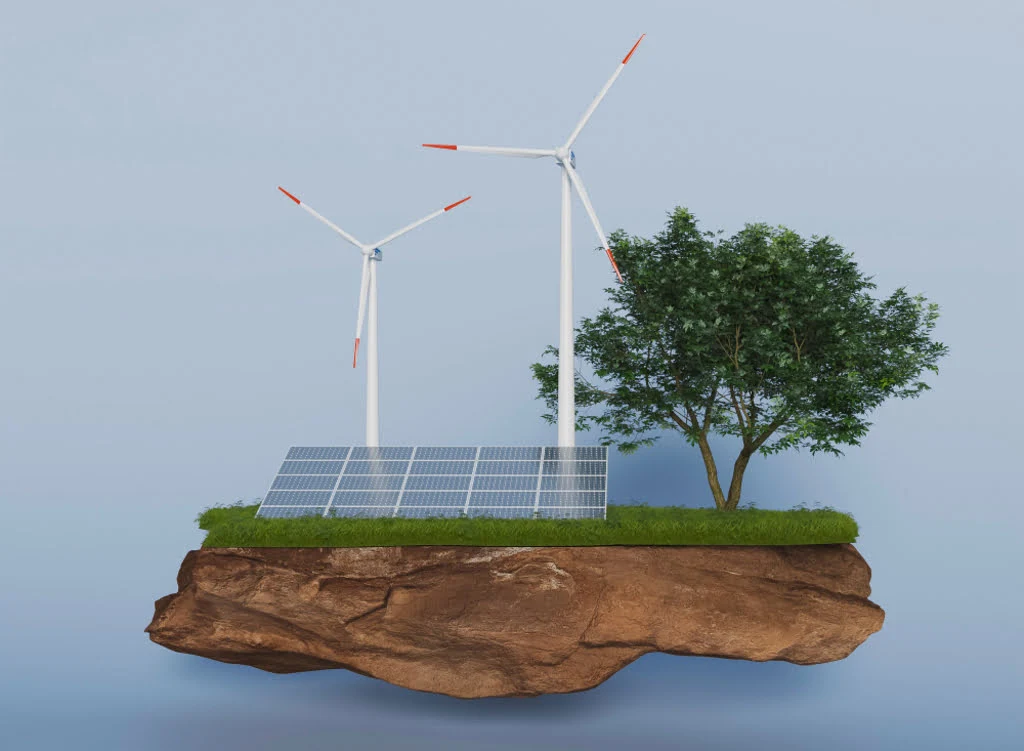Unlocking Cost-Effective Renewable Energy: Power Purchase Agreements (PPAs)
In the fast-paced world of technology and business, staying ahead of the curve is essential for maintaining a competitive edge. One area where this rings particularly true is energy procurement. With the ever-growing importance of sustainability and the rising costs of conventional energy sources, businesses are increasingly turning to renewable energy solutions. Power Purchase Agreements (PPAs) offer an effective strategy for businesses to secure renewable energy at favorable prices while contributing to a greener future.

Understanding PPA
Before delving into the strategies for businesses to stay ahead of renewable energy prices, let’s demystify the term “PPA.” and PPA meaning. PPA stands for Power Purchase Agreement. In essence, it is a contract between a business (the buyer) and a renewable energy provider (the seller), often a wind or solar farm. This contract outlines the terms and conditions for the purchase of renewable energy over a specified period, typically 10-20 years.
The PPA Advantage: Fixed Prices in a Volatile Market
One of the primary benefits of entering into a PPA is the predictability it offers in the face of fluctuating energy prices. Traditional energy sources are notorious for their price volatility, which can wreak havoc on a company’s budget. PPAs, on the other hand, allow businesses to lock in a fixed price for renewable energy over the contract duration, shielding them from market volatility.
As renewable energy costs continue to decrease due to technological advancements and economies of scale, entering into a PPA can be a savvy long-term investment. Businesses can secure renewable energy at today’s prices, protecting themselves from future cost hikes associated with fossil fuels.
Diversification Through Multiple PPAs
While a single PPA can be a game-changer for businesses, diversification through multiple PPAs can provide even greater benefits. By spreading the risk across various renewable energy projects, businesses can ensure a more stable and reliable energy supply. This strategy also allows for greater flexibility in terms of location and energy source.
For instance, a tech company might enter into a wind PPA in one region and a solar PPA in another. This diversification not only mitigates the impact of regional weather variations but also provides a hedge against potential disruptions in the supply chain.
Embracing Energy Storage Solutions
Another crucial strategy for businesses aiming to stay ahead of renewable energy prices is investing in energy storage solutions. Energy storage, typically in the form of batteries, allows companies to capture excess energy generated during periods of high renewable energy production and store it for later use.
By combining PPAs with energy storage, businesses can further optimize their energy procurement. They can take advantage of lower energy prices during periods of high renewable energy generation, storing excess energy for use when prices are higher or renewable energy production is lower. This not only helps to reduce energy costs but also enhances energy resilience and reliability.
In-House Renewable Energy Generation
For some businesses, going beyond PPAs and investing in their renewable energy generation infrastructure can be a strategic move. Setting up solar panels or wind turbines on-site provides companies with the opportunity to generate their renewable energy, reducing reliance on external providers and potentially lowering energy costs.
Moreover, in-house renewable energy generation allows businesses to have greater control over their energy supply and sustainability goals. Surplus energy can even be sold back to the grid, providing an additional revenue stream. While the initial investment can be substantial, the long-term benefits in terms of cost savings and environmental impact can be significant.
The Role of Energy Efficiency
One often overlooked but critical aspect of managing energy costs in the renewable era is energy efficiency. Before turning to renewable sources, businesses should first optimize their energy use to minimize waste and inefficiency. This not only reduces energy costs but also ensures that the transition to renewable energy is as cost-effective as possible.
Investing in energy-efficient technologies, such as LED lighting, smart HVAC systems, and energy management software, can yield substantial savings. By pairing energy efficiency measures with renewable energy procurement strategies like PPAs, businesses can maximize their cost savings and environmental benefits.
Conclusion: A Bright Future with Renewable Energy
In the ever-evolving landscape of technology and business, staying ahead of renewable energy prices is a strategic imperative. Power Purchase Agreements (PPAs) stand as a key tool in this endeavor, offering businesses fixed prices in a volatile market. Diversification through multiple PPAs, embracing energy storage solutions, and in-house renewable energy generation further enhance a company’s energy resilience and cost-efficiency.
While renewable energy may have once been viewed as a costly and aspirational goal, it has now become a competitive advantage. By combining renewable energy procurement with energy efficiency measures, businesses can not only keep ahead of renewable energy prices but also contribute to a greener and more sustainable future. In this ever-evolving tech landscape, those who harness the power of renewable energy will be well-positioned for success.

